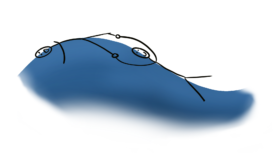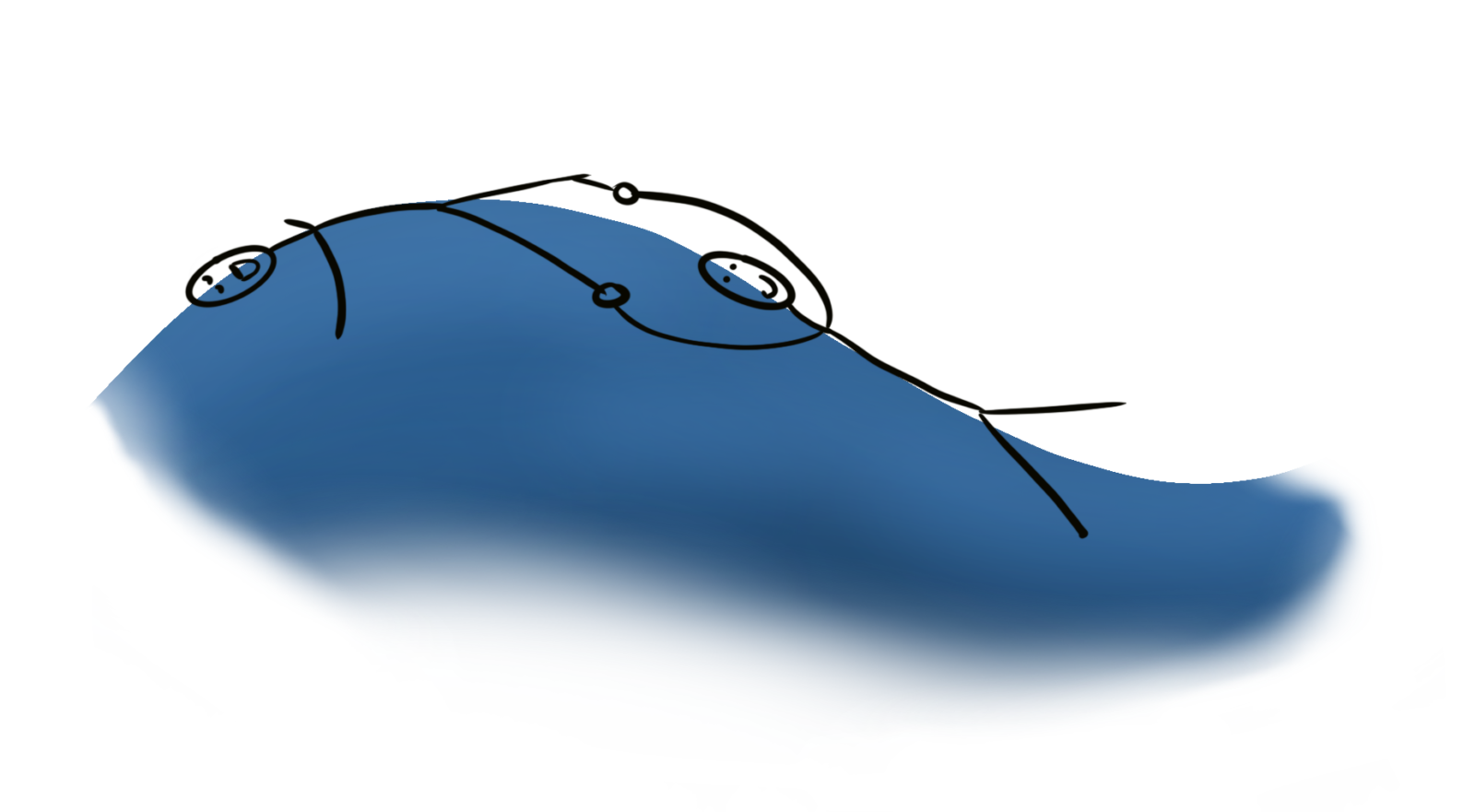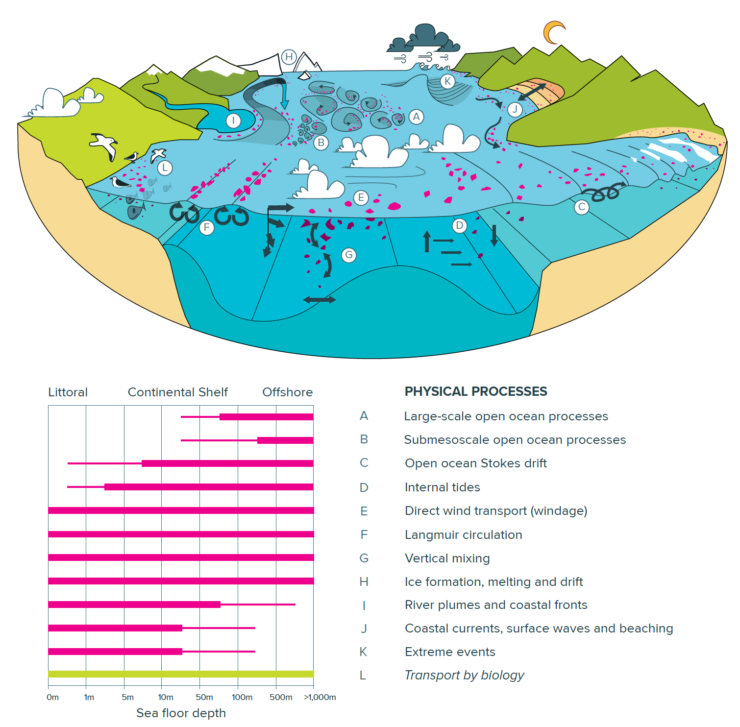All posts
The journey of a plastic dot
A quick search through your garbage bin at home will likely tell you, unsurprisingly, that a lot of your waste consists of plastic. These pieces all have a different shape, a different size, a different sturdiness. This is what makes plastic such a valuable (while being cheap) material. Its manufacturing is extremely flexible, which allows for the creation of plastic that fits any kind of need; being transparent, rigid or blocking oxygen from reaching your cucumber. This diversity in plastic types might be amazing for its purpose, but once in the ocean, all these pieces of mismanaged waste behave differently, complicating our efforts to understand their transport and behavior.
There are many different processes that play a role for the transport of plastic through the ocean. Especially the size, shape and buoyancy (how much something floats) determine how plastic responds to each process. For example, try pushing a small and a large rubber ducky down to the bottom of your bathtub. You’ll see, it takes much less effort to push the small one down. The same is seen in the ocean; microplastic can be found throughout the water column, larger pieces mainly float at the surface because of their buoyancy, or lie on the ocean floor.
Our focus in the Plastic Pollution Free Galapagos project is on the larger pieces of plastics. These are more efficient to collect and removing them from the environment will prevent the formation of microplastic. This luckily means that we can ignore some of the processes schematized in the figure above as they will barely affect the transport of larger plastic pieces.
One of the processes that is however important to take into account is Stokes Drift induced by waves:
 If you want to ‘feel’ Stokes Drift and you are an experienced swimmer, choose a nice day with not too much wind and these perfectly smooth waves. Take a friend, swim away from the shoreline, go relax on your back perpendicular to the direction of the wave propagation and hold the ankles of your friend. While you are moved up and down by the waves (checkout the rubber duck in the movie) you will also feel that you and your friend are sometimes pulled or pushed in the opposite direction. Don’t fall asleep! Your horizontal displacement will be slightly larger in the direction of the wave propagation, the Stokes Drift. Just as the duck, you will end up somewhere completely different!
If you want to ‘feel’ Stokes Drift and you are an experienced swimmer, choose a nice day with not too much wind and these perfectly smooth waves. Take a friend, swim away from the shoreline, go relax on your back perpendicular to the direction of the wave propagation and hold the ankles of your friend. While you are moved up and down by the waves (checkout the rubber duck in the movie) you will also feel that you and your friend are sometimes pulled or pushed in the opposite direction. Don’t fall asleep! Your horizontal displacement will be slightly larger in the direction of the wave propagation, the Stokes Drift. Just as the duck, you will end up somewhere completely different!
The framework we use to develop our plastic transport model cleverly combines different model fields; we can for example combine the ocean currents with the data on the Stokes Drift or tide-induced flow. By using these fields separately we can investigate how important each individual process is for the transport of plastic. The movie below shows a simulation of a piece of plastic that starts east of the Galapagos Islands. Maybe it was dropped there by a fisherman, or it has already been drifting through the ocean for a long time.
The simulation with the red dot shows the pathway of the piece of plastic when the transport is determined by ocean currents only. The other simulation (green dot) shows the pathway when in addition Stokes Drift is taken into account. Which pathway resembles reality most? We want to predict where and when plastic washes ashore on the Galapagos Islands, but these simulations do not really agree on that!
Next time you see a piece of plastic alongside the road, think about what journey it took to get there, or might await it! (And pick it up…) In the meantime we will continue combining different model fields and, in the very near future, start using data from observations, so we will find out which dot takes the right path!
If you’ve read this and find it interesting or you have any questions, don’t hesitate to contact us!


